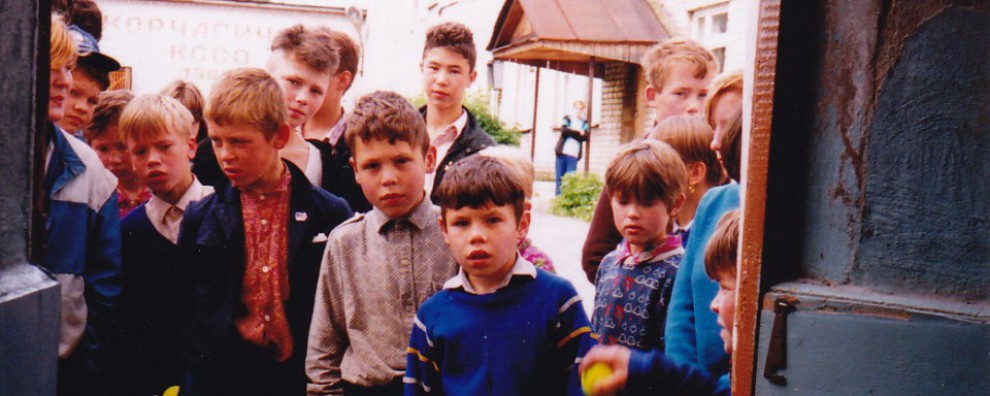“During these years, too, the schools for the classic education for Negroes have not done any better. They have proceeded on the basis that every ambitious person needs a liberal education when as a matter of fact this does not necessarily follow. The Negro trained in the advanced phases of literature, philosophy, and politics has been unable to develop far in using his knowledge because of having to function in the lower spheres of the social order. Advanced knowledge of science, mathematics and languages, moreover, has not been much more useful except for mental discipline because of the dearth of opportunity to apply such knowledge who were largely common laborers in towns or peons on plantations. The extent to which such higher education has been successful in leading the Negro to think, which above all is the chief purpose of education, has merely made of him more of a malcontent when he can sense the drift of things and appreciate the possibility of success in visioning conditions as they really are.
It is very clear, therefore, that we do not have the life of the Negro today a large number of persons who have been benefited by either of the systems about which we have quarreled so long. The number of Negro mechanics and artisans have comparatively declined during the last two generations. The Negroes do not proportionately represent as many skilled laborers as they did before the Civil War. If the practical education which the Negroes received helped to improve the situation so that it is today no worse than what it is, certainly it did not solve the problems as was expected of it.
On the other hand, in spite of much classical education of the Negroes we do not find in the race a large supply of thinkers and philosophers. One excuse is that scholarship among Negroes has been vitiated by the necessity for all of them to combat segregation and fight to retain standing ground in the struggle of the races. Comparatively few American Negroes have produced creditable literature, and still fewer have made any large contribution to philosophy or science. They have not risen to the heights of black men father removed from the influences of slavery and segregation. For this reason we do not find among American Negroes a Pushkin, a Gomez, a Geoffrey, a Captein, or Dumas. Even men like Roland Hayes and Henry O. Tanner have risen to the higher levels by getting out of this country to relieve themselves of our stifling traditions and to recover from their education.”
Excerpted/Adapted from: Woodson, Carter G. The Mis-education of the Negro. Eastford, CT: Martino Fine Books, 2018.

You must be logged in to post a comment.